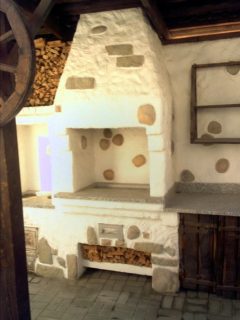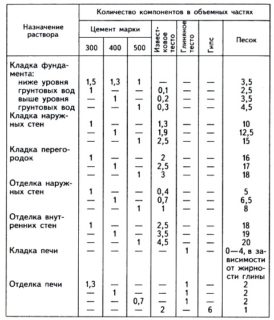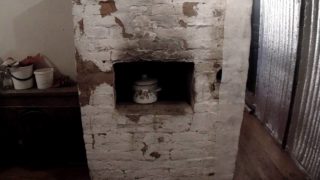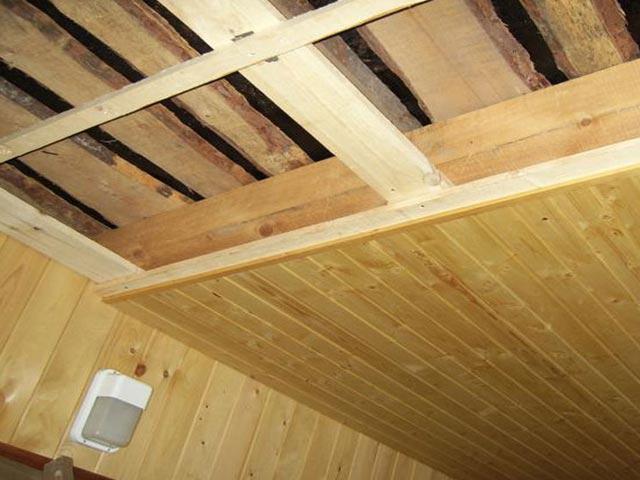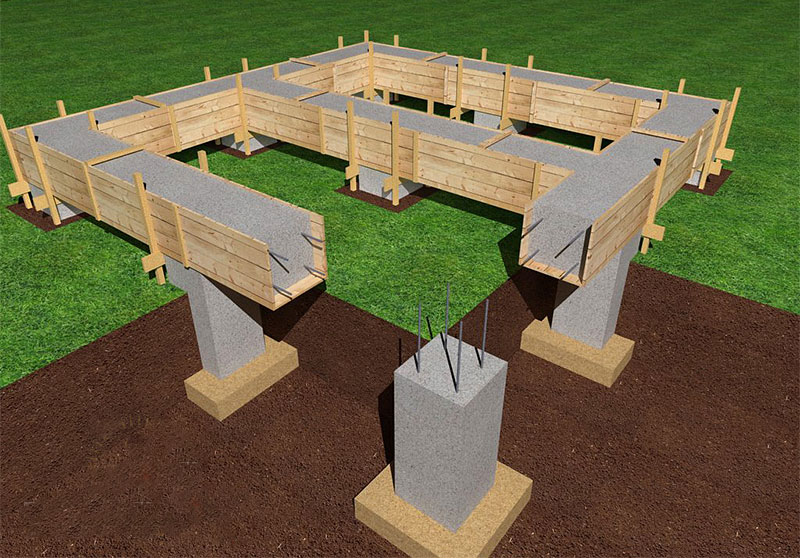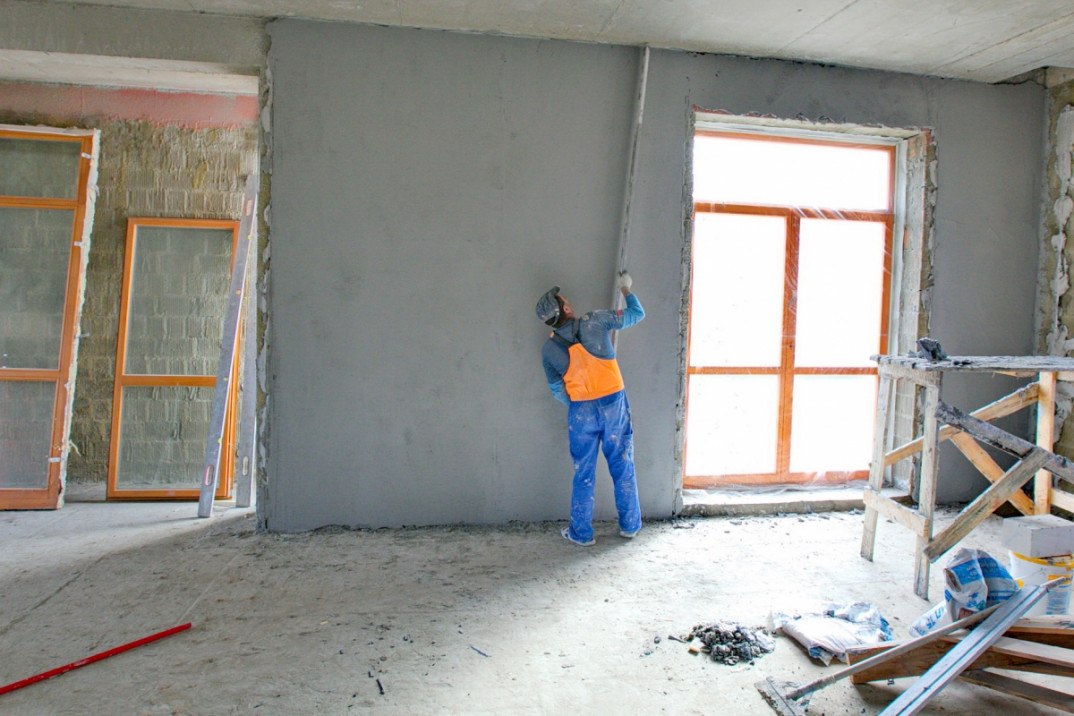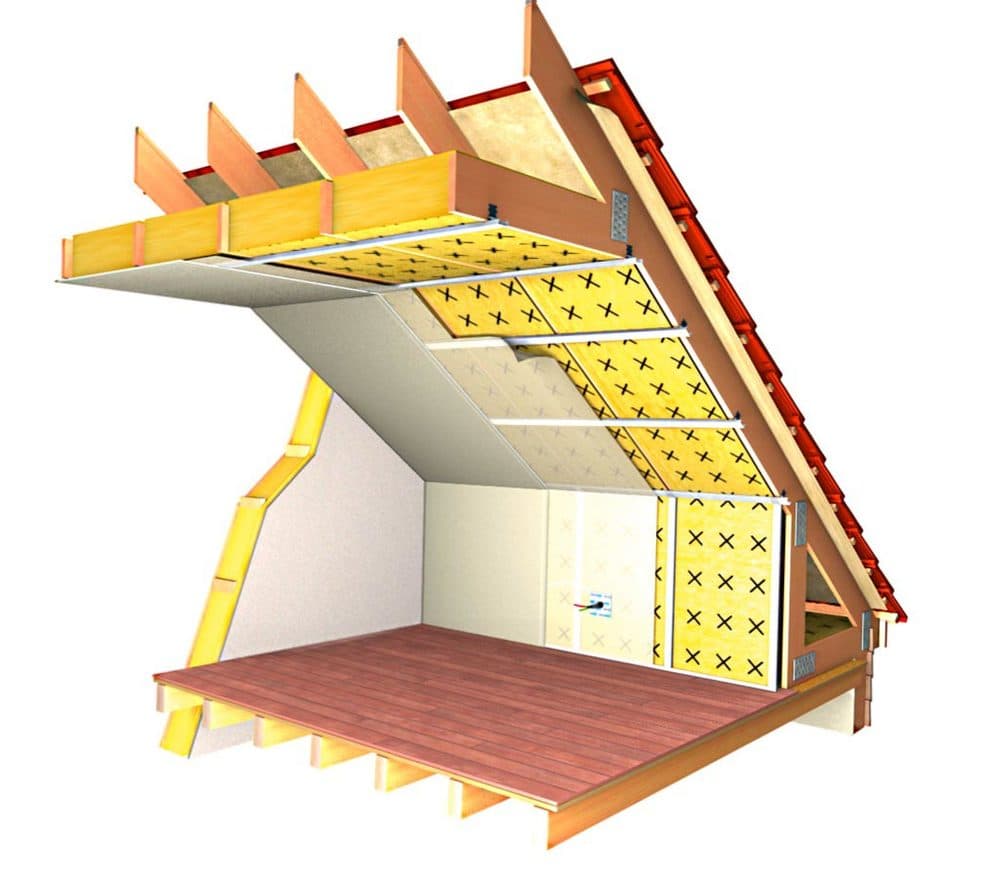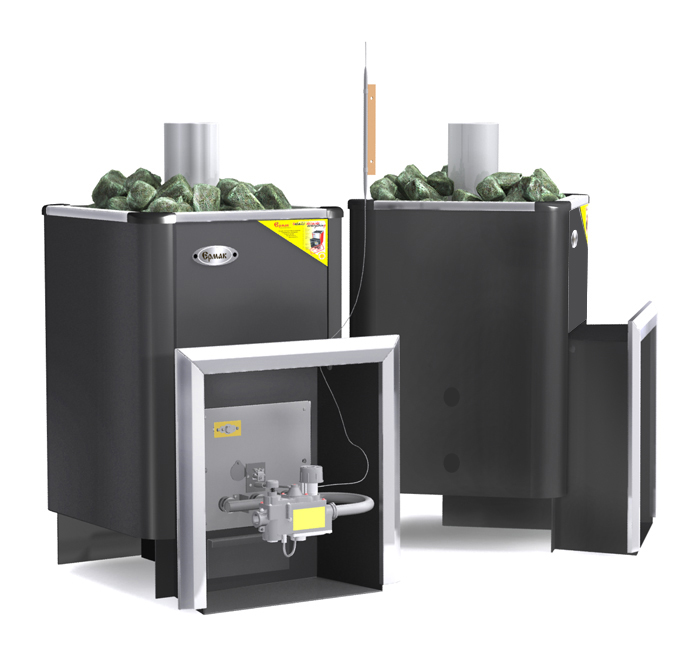The stove appeared in a person's life earlier than the hut. At the beginning of its existence, it looked like a hearth with a kettle hung over it. The constant development and improvement of the hearth has turned it into a work of art.
Furnace evolution over time
The latest technologies make it possible to obtain bricks for ovens with a fairly acceptable appearance. And yet, most housewives want to see their stove plastered. The stucco stove looks aesthetically pleasing and attractive. In the villages, it is hand-painted with folk ornaments. In order for a painted stove to please the eye for a long time, it must be properly plastered. Then the surface of the furnace will remain intact for a long time, without cracks, chips and other errors.
How to plaster the oven
To determine if the clay is soaked, you need to take a pinch of the resulting gruel and rub it between your fingers. If it crawls under the fingers, the lumps are easy to press, then the clay is ready. It's time to prepare a solution from it.
It can be prepared in several ways. The folk composition of the solution is clay, sand and water. It should be borne in mind that the amount of sand in the solution is directly proportional to the fat content of the clay. With oily clay, three, or even all four, measures of sand are added to one measure of chamotte.
Another mixture consists of one measure of clay, the same amount of lime and two measures of sand. It is called a lime mixture. Another composition for plastering a furnace is called cement clay sand. It contains the same amount of cement and twice as much sand for one measure of clay.
There is another solution in which clay is not present - lime-gypsum. It includes two measures of lime, one measure of gypsum and the same amount of sand.
The table shows the proportions of the ratio of the constituent solutions for the plaster of the oven.
Furnace preparation and plastering tips
Of course, you can always buy a ready-made composition in the store, but it will be more expensive than preparing it yourself.
Binder asbestos fiber is added to the soaked clay solution. Sometimes straw or burlap.In this case, care must be taken that the oven does not overheat. Chopped fiberglass can be added. Sometimes salt is added to the solution as a binder, but this method has not yet been fully understood.
The addition of asbestos to the solution must also be treated with caution. Asbestos, of course, has non-combustible properties, but its low thermal conductivity can significantly reduce the efficiency of the furnace and, as a result, lead to excessive consumption of fuel.
The lime added to the solution is carefully selected, extinguished in the pit for at least a month. The longer the slaking process lasted, the better and more elastic lime is.
When using plaster, it should be remembered that it hardens quickly. Its setting occurs already after 5 minutes to half an hour, which must be taken into account when plastering. You can use white plaster, which remains elastic all the time while it is in motion. By constantly stirring the solution, it is not allowed to harden. The moment of plaster hardening is receding, and there is no need to rush during the work.
Sometimes the oven is reinforced with a mesh. However, this option is questionable. Since the expansion coefficients when plaster and metal are heated are different, there is a risk that the plaster will peel off from the stove and hang on the reinforcement, forming an air gap that prevents heat exchange between the stove and the plaster, and then with the air in the room.
Before plastering, prepare all the necessary tools: spatulas, brushes, rules, trowels, floats - everything that is more convenient for you to work with. When the plaster dries a little, it should be covered with lime milk. This will prevent the plaster layer from drying out quickly and causing cracks.
The plastered oven must be left to dry. The room should be free of drafts and heaters. Allow your creation to dry naturally and get a positive result.
Let the stove please the eye and create coziness and warmth in your home on winter evenings for many years.

